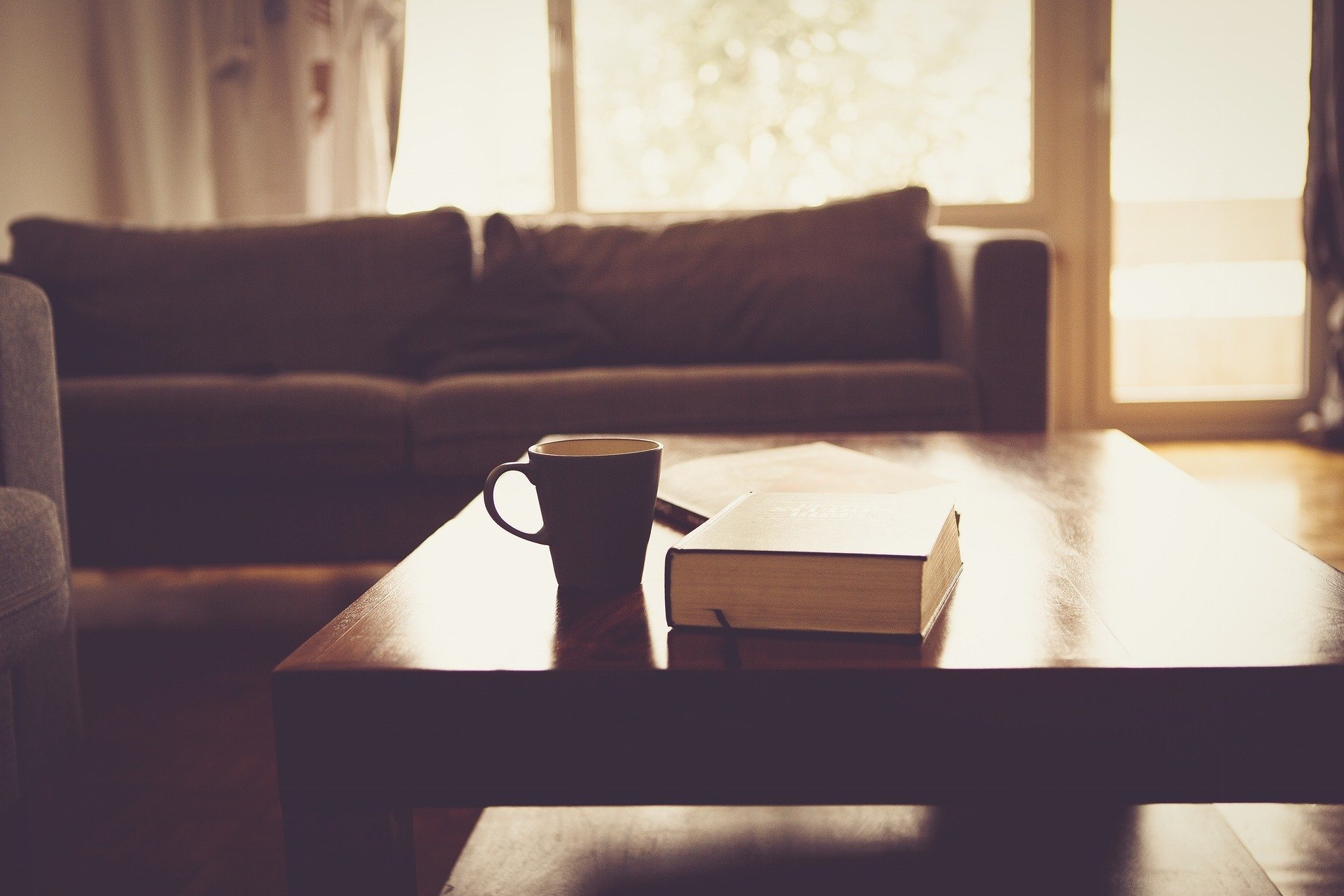Happy Monday, friends! It’s another beautiful day to stay home and stay safe. Many of us have really been embracing rest during this time, especially with the emotional toll that this time has been taking on us. Because of that, we’re also working on forgiving ourselves for taking more time for rest than usual. But even then, many of us still feel restless, drained, and confused about why their self-care isn’t “working”.
In today’s post, I want to talk about the distinction between self-care and rest. I hope this will help demystify the process of recharging during this complex time. To illustrate, I’ve created a simple diagram below, showing how self-care and rest overlap — but not entirely.

(Sidebar about the chart above… When I was maybe six years old, a magician at a holiday party held a pair of interlocking rings behind his head. You know, like Mickey Mouse ears. Then he asked me what I thought they looked like. I said a Venn Diagram. Naturally.)
In the middle of this diagram, we have the activities that most people might consider “self-care”. I’ve labelled this “Restorative Self-Care”. These are things like meditation, getting enough sleep, journaling, having a calming cup of green tea while listening to some zen music… Restful activities that are also good for your mental and emotional well-being.
On the left, you’ll find activities that are still self-care, but aren’t specifically “restful”. These might include regular exercise or seeking professional mental health counselling. This could even be spending time on the phone with others if you’re an introvert, or spending time in solitude if you’re an extrovert. These all may stretch your comfort zone or require some exertion, but are still forms of self-care given their impact on your . They are important elements of a healthy lifestyle. And in a crisis, they may not be the first things that come to mind when it comes to self-care.
So what’s on the right hand side, that’s “rest” but not “self-care”?
Binge-watching Tiger King.
I kid, I kid.
This side of the diagram represents the kind of rest that might sometimes make you feel more tired in the long run. The main indicator is whether this type of rest will actually recharge you to make you feel ready to take on other things. And a lot of the rest that we’re used to falls squarely into this camp. Think scrolling through Instagram, mindless Netflix binges, eating or drinking in excess.
I don’t mean to imply that this type of rest is bad. But be sure to enjoy these indulgences in moderation rather than overwhelming yourself. It’s important to remember that watching an entire season of a Netflix show in one sitting might not feel that amazing without combining it with some proper self-care.
How will you ensure this week that you get a healthy balance of rest and self-care? Let us know in the comments!
Looking for some help with managing your schedule and getting your life together, both during this crisis and in the years to come? Click here to learn more about my Simple Harmonic Life 1:1 coaching program. Or you can click here to book a free intro call! I’d love to support you in organizing all aspects of your life and coming out of this self-isolation feeling more put together than ever!



